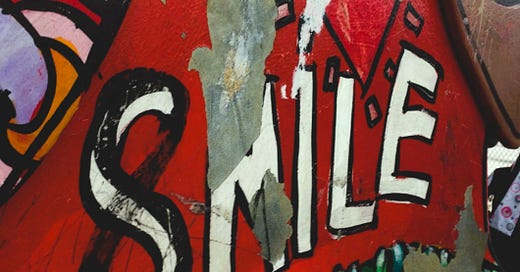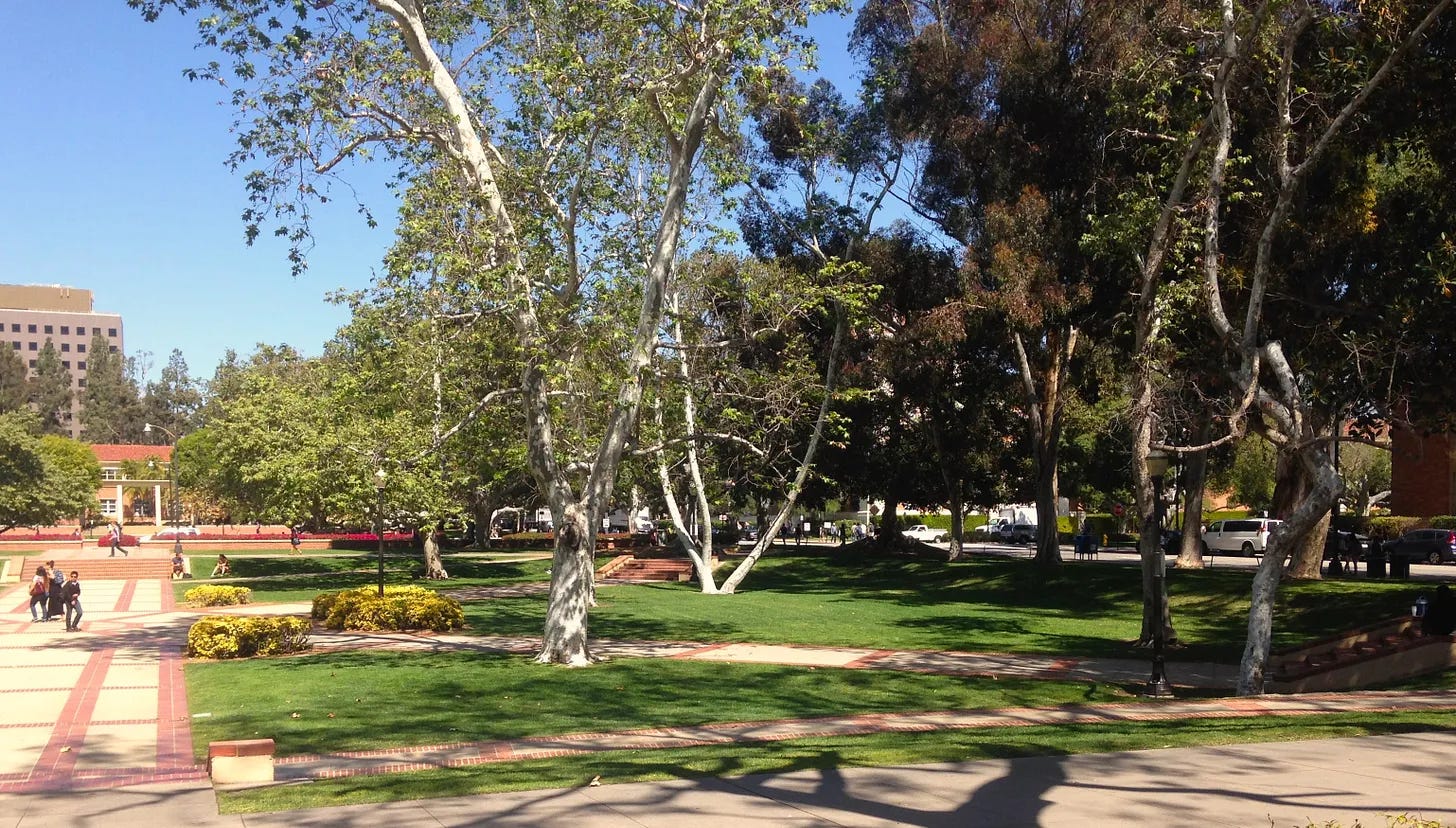The preceding chapter in this series of posts elaborated on the theme of Part 1 and Part 2, with more on the difficulties, or obstacles, one is confronted with when learning about Brian Wilson. Journalist Nick Kent likened it to a mystery to be solved. However, as David Leaf suggested 45 years ago, the pursuit of that might—and indeed will—lead to the discovery of more human suffering than we really would want to know about.
In light of that, maybe it’s better for the general public to keep its distance and remain positive. As Mike Love of the Beach Boys recently stated (in his 2016 autobiography), when it comes to certain aspects of Brian’s life, “some doors are better left shut.”
Picking it up with the next chapter of Brian Wilson in Perspective:
In this instance it was not Brian Wilson himself, but his estranged cousin and Beach Boys standard-bearer Mike Love who advocated a closed-doors approach to Brian. Did Brian agree that “some doors” should remain shut? If so, which ones? Did Brian believe that certain intimate matters—such as the personal and business relationship he had with his father during the 1960s—should remain undiscussed?
It’s possible he did, for even in his younger days, Brian’s interview commentary was often cryptic, deflective, and equivocal, and in his late years, Brian became increasingly inaccessible—semi-verbal or outright silent with respect to the more intimate aspects of his life. The spate of stony, barren interviews Brian gave in his late years lends support to the idea that he preferred to keep the past in the past.
Yet at the same time, Brian’s fairly high public profile (his name is more widely known today than it was during his creative heyday in the 1960s) is due in part to his cooperation with numerous journalists, authors, and filmmakers. There is revealing information (in the form of fact or opinion) scattered across decades of Beach Boys research whose source can only have been Brian. He put his name on the cover of at least one respectable autobiography, and notably endorsed Love & Mercy, a feature-length motion picture that touched on the troubling, not-necessarily-flattering aspects of his life.
Following a promotional screening for Love & Mercy in June 2015, Brian declared to an audience of strangers, “I have auditory hallucinations.” Those hallucinations (which first surfaced in the early or mid-1960s) are critical elements of the life Brian had long suppressed behind the shut doors of secrecy. His public acknowledgment of the hallucinations suggests that he was not averse to deeper questions (some of which he asked in his book I Am Brian Wilson) while, at the same time, he continued to express his characteristic hesitancy and ambivalence. Brian said that the subject of his father Murry was “hard to talk about” and prone to misunderstanding, and therefore should be undertaken with caution. The Smile era of 1966-67 was for Brian “a bad experience in some ways,” but “that doesn’t mean I won’t talk about it. It just means that it’s a situation like the situation with my dad. I need to think a little more carefully about how to talk about it.”
Therefore, in response to Mike Love’s advocacy of shut doors, Brian can be heard to offer an indirect rejoinder: No, it is not better that some doors remain shut, but neither should they be kicked down indiscriminately. Keeping in mind how Brian expressed unwillingness to control how people see him, perhaps he accepted that his complicated life is a matter of public interest, while also refusing to be the one to give the public a carefully guided tour. This could be one reason why I Am Brian Wilson did not adhere to conventional biographical structure, neither telling nor explaining “the story of my life” in linear fashion. The book commented on that life, acknowledging its existence; that it did in fact occur. The book said “I Am,” but was less specific with respect to the what, how, and why questions of his life.
Is it that Brian would not explain, or that he could not? Not that long ago, film actor John Cusack made a comment that spoke to this question. Having met and talked to Brian (in connection with the making of Love & Mercy), Cusack said, “when Brian would talk about the younger version of himself, he was completely dispassionate, like it was someone other than him—in a more extreme way than other people who look back on when they were 21. Seeing him talking about it, he just had no ownership of himself.”
Cusack’s observation alludes to some kind of rupture, or split, in Brian’s being; as if there were more than one distinct version of Brian: the older man who existed in his later years, along with any number of younger figures—including the boy savagely traumatized in childhood, the kid in his early twenties unbalanced by Sixties psychedelia, and the man terrorized in the 1980s by a hideous combination of cannibalistic psychotherapy and psychiatric pharmacology. The idea isn’t that Brian was craftily opaque (and certainly not that he had “multiple personalities”), but that his latter-self was simply disconnected from his earlier life, rendering him unable to provide a square, detailed reading of what happened in the past. Although Brian did survive some miserable years and arrive at a relatively stable position, it’s not abundantly clear that he maintained a unified, cohesive self that incorporated both who he was in the present and who, or what, he once was in earlier times.
Still, even if true, that wouldn’t mean that Brian did not carry his past self somewhere within his psyche. Rather, it speaks to a kind of fragmented self, whereby elements of his life experience remained, in a sense, partitioned and cut off from each other. Or, then again, maybe the Brian-of-the-past really was dead and gone, and the man who continued to live through late middle age into his seniority was just the haunted remainder. This would be the position of those people who see Brian as little more than a tragic, ruined drug casualty.
That is unlikely to be the case, however. After all, the Smile album of the mid-1960s was once assumed to be dead, while history subsequently proved otherwise. Smile turned out to be something other than dead. It was alive all those years, but had been left behind by—or detached from—the compromised Brian who continued to struggle through the 1970s, ‘80s and ‘90s. The completion of Smile in 2004 (formally titled Brian Wilson Presents Smile) was not so much a reanimation of dead matter as it was a retrieval of something that had been neglected—like an unloved, abandoned child—something alive and worthy of attention. For Brian (who was then about 62 years old), it also constituted a reunion with the past, for to do this he had to make an effort to reach back over the decades to reconnect with the music he (along with Van Dyke Parks) had written so long ago.
When applied to Brian Wilson, the concept of a person’s distinct psychological “parts,” or a “fragmented self” brings to mind his musical or compositional style. Right from the beginning, Brian’s strength as a conceptualist, composer, and arranger was his ability to assemble musical elements—human voices, instruments, and even different studio environments—to create a finished piece of music—a record, an album—that held together as one unified whole and often added up to something more than the sum of its parts. Brian had always been drawn to the concept, going as far back as his days grooving on the Four Freshmen during the 1950s. His engagement with this mode of composition reached its apotheosis with Smile in 1966 and ‘67.
Like Brian, Smile itself is—or was, until its completion—fragmented. The music of Smile is famously modular—originally created by Brian as independent and seemingly unrelated pieces of music; pieces that Brian himself likened to distinct feelings, or “feels.” To finish the piece as intended, Brian tasked himself with the organization and sequencing of the modular feels so as to present a coherent and complete whole—so that it would make emotional sense to the listener, and to himself. (Notwithstanding Brian’s use of LSD around this time, the music itself was not intended to be experienced as a chaotic “freak-out” for its own sake.) In a sense, Brian had always been doing this to some degree on Beach Boys records, but it wasn’t until 1966 that he openly celebrated the concept with the music for the “Good Vibrations” single, and then, with Smile, began to do it at the level of an entire album—as if a record like “Good Vibrations” could be sensibly blown up to 35 or 40 minutes.
Brian couldn’t make it work back in the Sixties when the music was first composed. Because the Smile modules were themselves tied to human “feels,” or emotions, it might be said that the unfinished Smile is, or was, the musical analogue of an unfinished or unintegrated self. And if that is the case, then the proper reconstruction of Smile circa 2004 might have signified Brian’s effort to unify the varied parts of his interior psyche. Perhaps. And perhaps not. (And if so, Brian needn’t have been conscious, necessarily, of the parallel between Smile and his personal psychology.)
In any event, and notwithstanding the crucial support he would receive from his collaborators, Smile’s final completion required Brian, and only Brian, to deal with this part of his past and attempt to harmonize it with the present. To incorporate both his young and old self, the good and the bad memories.
The more complicated part of the job was for Brian to reacquaint himself with the overall human being he was at the time he first conceived and recorded Smile’s musical components. It would have been impossible for him to re-engage with the music without being reintroduced to the person who originated it, the one who has become known for both tremendous creativity and tremendous fear, who is understood to have partaken in regressive, inscrutable behavior while afflicted by paranoia, irrational thought processes, and the shattering effects of a bad LSD trip. “The memories of the music were great, but the memories of everything around it weren’t,” Brian says.
Smile was premiered, via live performance, in London in February 2004. Though Brian was hardly ever a “frontman” who performed up to conventional entertainment standards, the film of this concert memorializes a solid performance in which he is engaged and expressing himself in a way that rarely comes through in books, print interviews and documentaries. (Smile plays much better as live music than Pet Sounds ever could.)
Brian said that Smile’s incompletion had left a part of him “unfinished.” It goes to say that during this period of 2004-2005, Brian was presenting a more “finished” self to the public, one more like a whole individual able to clarify who he really is. This was done, chiefly, through both live performances of the work as well as the Brian Wilson Presents Smile album that came out in September 2004.
Ideally, the completion and presentation of this music would be sufficient for the public to understand Brian, but it isn’t. Fast-forward 15 years to October 2019, when Brian, at that point 77-years-old, was offered what would seem to be an opportunity to revisit the history and legacy of Smile and share his thoughts. On a disconcertingly hot and dry Sunday afternoon in Los Angeles, he attended a fundraiser for which filmmaker and author David Leaf screened his film of the London Smile premiere. After the film, Brian appeared on stage for a Q&A session. Appearing every bit of his years, he was shielded behind a piano (which he did not play) and at a sidelong angle, so that most audience members could not see his face. Brian was joined on stage by people he has known and worked with for years—along with David Leaf, there was musician Probyn Gregory, a multi-instrumentalist in Brian’s band. They gently attempted to coax words from Brian with very simple, focused comments and softball questions. Brian may have preferred not to be there, but even accounting for that, he was virtually non-responsive; his comments were sparse and monosyllabic to the point of silence. He seemed as distantly removed from Smile as he had ever been.
Note to reader: Thank you for taking the time to read this essay on Brian Wilson. Although I have yet to post it in full, I have decided to suspend postings and for the time being, keep A Book of Brian Wilson focused on the narrative post-series titled A History of Brian Wilson. —JH
Selected References
Fisher, Janina. Healing the Fragmented Selves of Trauma Survivors. New York: Routledge, 2017.
Laing, R.D. The Divided Self. London: Penguin, 1990.
Leaf, David. God Only Knows: The Story of Brian Wilson, The Beach Boys and the California Myth. London: Omnibus Press, 2022.
Ogden, Pat, Kekuni Minton, and Clare Pain. Trauma and the Body: A Sensorimotor Approach to Psychotherapy. New York: W.W. Norton & Company, 2006.
Steele, Kathy, and Onno van der Hart. “Treating Dissociation.” In Christine A. Courtois and Julian D. Ford, eds. Treating Complex Traumatic Stress Disorders: Scientific Foundations and Therapeutic Models. New York: The Guilford Press, 2009.
Wilson, Brian, with Ben Greenman. I Am Brian Wilson. Boston: Da Capo Press, 2016.






